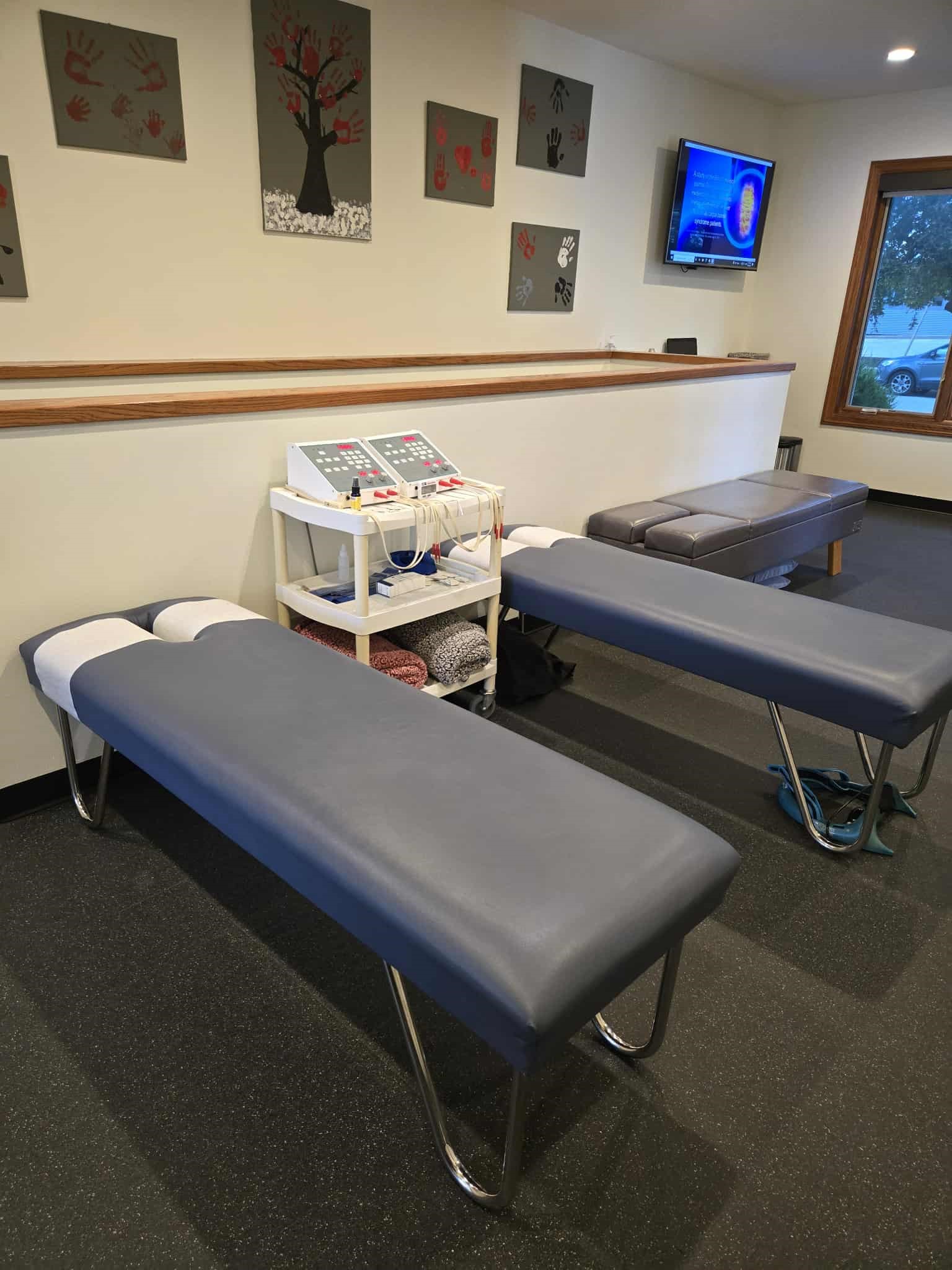
At our Ames chiropractic office, our primary focus is always on correcting the foundational Neuro-Structural shifts in your spine. However, we understand that supporting the surrounding tissues is a critical part of the healing process. That is why we incorporate specific physiotherapy modalities as a complement to your chiropractic adjustments. These therapies are not a standalone solution but rather a powerful tool to help accelerate your recovery. Think of it this way: the adjustment is what corrects the alignment of the foundation, while physiotherapy helps to repair and relax the walls and framework. These modalities are designed to help reduce inflammation, de crease muscle spasm and pain, and improve blood flow to injured tissues. By preparing the body for the adjustment and helping it heal afterward, physiotherapy can make your Neuro-Structural corrections more effective and help you feel better, faster. It is an integral part of our comprehensive approach to helping you achieve the best possible results.